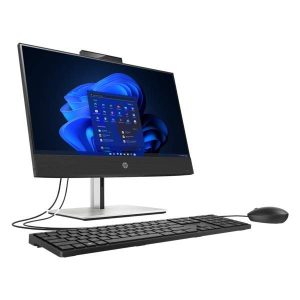
What is an All-In-One (AIO) Computer?
What is an All-In-One (AIO) Computer? You have probably heard of the term All-In-One(AIO) computer a lot when shopping for
You might be shopping for a desktop computer or storage upgrade and simply wondering what the heck to go about this given the plethora of information around. We will make no assumptions here and keep this article on a level that anyone can understand. Here is a comprehensive primer to choosing and upgrading a desktop PC to get more bang for your bucks.
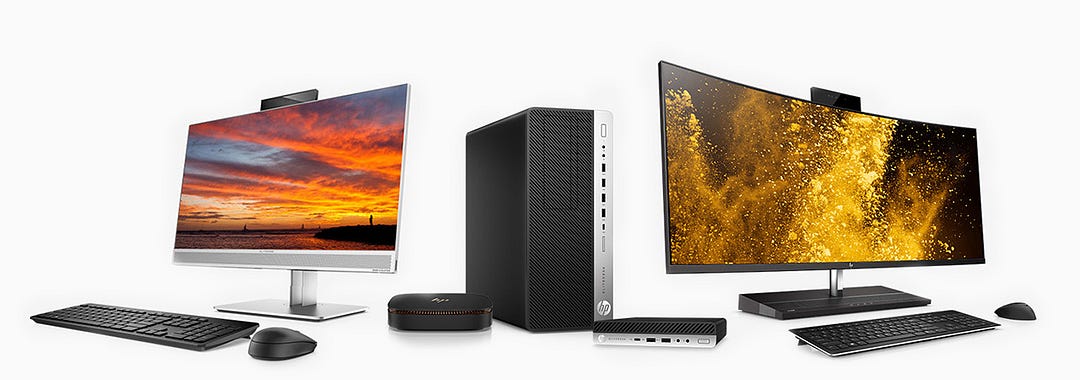
Desktop PCs come with an array of conveniences in terms of upgrades as well as processing power. They can be expandable in most ways than their laptop counterparts, thus most pre-built PCs components are more upgradable. Components such as hard drive, memory sticks or even SSDs can be swapped out of some laptops except for their CPUs or graphics that are factory prebuilt to not be replaced. Pre-built desktop PCs, on the contrary, have most swappable components. These include graphics cards, motherboards, and CPU.
Another great thing about desktops is you need not worry about charging a battery, You never have to worry about battery half-life mortality Just plug it into a viable outlet and you’re good to go. In cases of a power outage, a UPS mitigates such inconveniences, thus you can still continue operation over a reasonable duration of time.

The operating system is the heartthrob software that ensures the hardware and the software components integrate, thus function in unison. Different users subscribe to a different OS, either for functionality purposes or as a subculture inclination to a specific OS.
Windows OS
Windows is one of the world’s most popular operating systems with most applications relying on this platform. Most games and applications are optimized for Windows OS, since it has the most pull for audience subscriptions and developers. Microsoft’s Windows 10 latest flagship, comes in a Pro and Home edition. The big difference between Home and Pro is the security of the operating system. Windows 10 Pro is safer when it comes to protecting your PC and securing data. Windows 10 Pro also has handy features such as Remote Desktop for remote connection to another PC at the office. The fact that Windows 10 Pro is safer than Windows 10 Home is the big difference between the two.
Mac OS
Another popular OS is Apple’s macOS, its latest version flagship is the macOS Mojave. Windows can be considered an open environment when it comes to modding or developing components and software but Apple’s system is closed meaning there are rules you have to abide by as per their policies. However, they offer accomplished privacy and protection options. Though not failsafe, it is much more reliable than most OSs.
Linux
This open-source operating system is a quick sell for those interested in running servers or large mainframe systems. It is also a good alternative if you don’t want to run windows especially after purchasing a new PC and would not like to go for paid Windows versions. The sublime factor with Linux is the plethora of distros one can choose. It is secure, easy to maintain and highly stable. You can give new life to your old and slow Windows system by installing a lightweight Linux system.
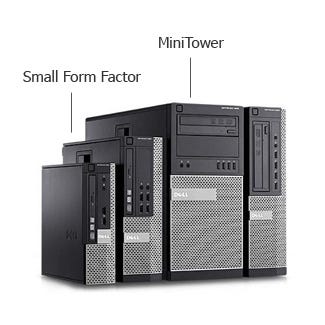
Desktops apply in varying shapes and sizes for different brands called form factors. The outer physical dimensions and properties of desktop PC’s case (or chassis) are pointed to determining the level of functionality applicable to the different form factors or prescribe a specific standard.
This name was in layman’s lexicon coined by users due to the disposition of having to work on a desk while operating the machine, However, more evolution has taken place to more complex and highly powered functionalities due to the advancement in form factors sizes and standards.
A computer tower also called a desktop computer, is a stationary computer that sits on the floor or the desk. In most cases, the monitor is separate from the computer itself, and the peripherals, such as the keyboard and mouse, are separate from the computer as well. From full-sized towers to micro-sized towers, the difference between these form factors lies within the number of components that can be packed within one form factor.
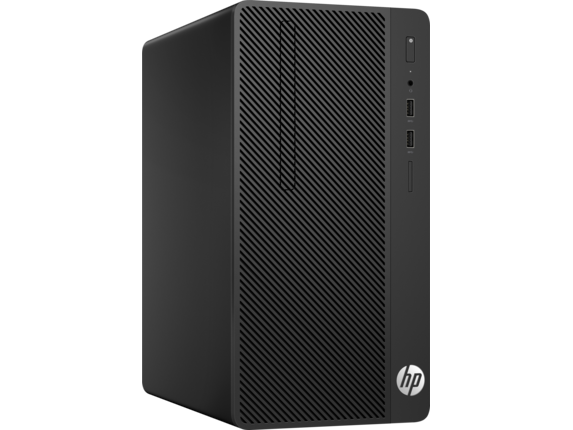
Small/Slim Form Factors
A small form factor refers to various computer form factors designed to minimize the volume and footprint of a desktop computer. They first were sold as barebones units (case, power supply, and motherboard) to system integrators and home-based builders. Now, they cater functionally for basic tasks such as web browsing, accessing web-based applications, document processing, and audio/video playback.
Small Form Factor
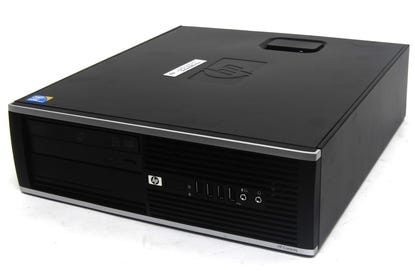
Mini Form Factor
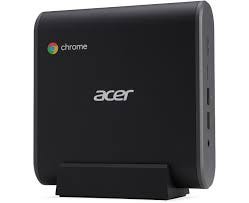
All-in-One Desktops
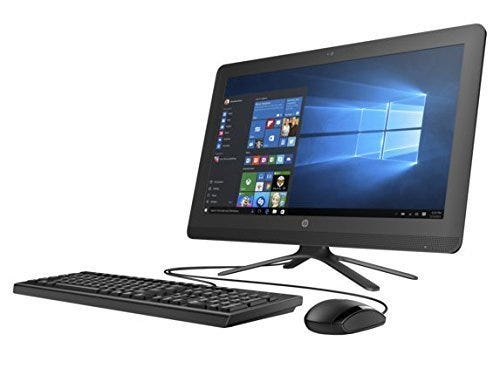
Ranging from Windows to Mac’s all-in-ones, component power and screen size determine the product’s final price. The wider the screen size and more modern components the higher the rank in prices. Because of this variation, all-in-one desktop PCs can be used at a variety of levels from simple browsing machines to high-powered graphics workstations. Others include Computer/Compute Sticks which despite being small in size have a surprisingly good functionality
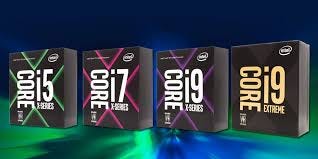
The powerhouse instruction manual necessary to run a computer from user input commands comprises what a CPU is. When choosing processors, the first consideration is normally the number of cores. These determine the number of processes that the PC can run concurrently. dual cores run simultaneous processes whether its core i3 or i5 whereas an 8 core CPU would run 8 processes. CPU clock speeds can also be important to look at before your purchase, but can ultimately be altered down the line if you decide to overclock.
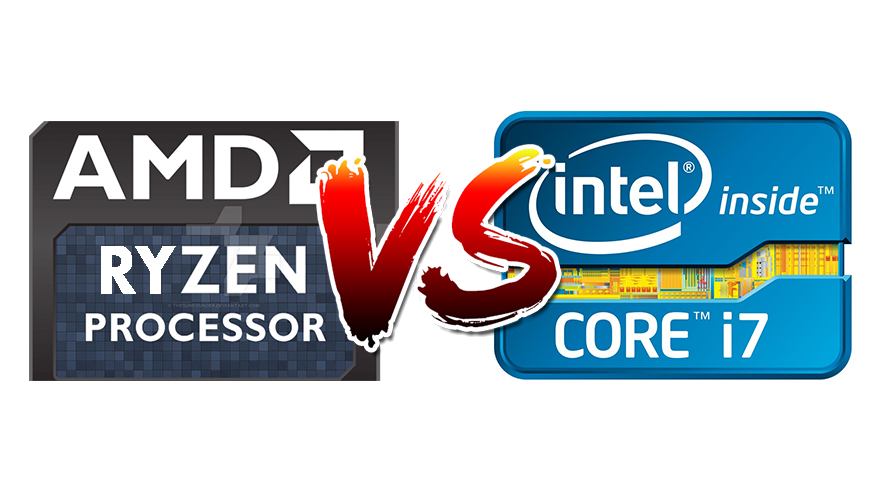
Two main companies, Intel and AMD are the current vendor for most CPUs
Intel has had a steady foothold in the CPU market as compared to its counterpart AMD competitor. Known for high productive and efficient processors they have managed to respawn from starter class i3 series up to high powered i9 albeit leaning on a higher cost of purchase.
AMD, on the other hand, is the less costly competitors. Earlier their processor power was second fiddle to Intel but they revamped this by introducing the Ryzen series processors in the market. The upgraded generation of these processors are named: FX-4300, FX-6300 and FX-830 from the precursor series FX-4120, FX-6120 and FX-8120 powers and currently are circling the second generation of Ryzen flagships
From the most vital components of a PC comes other peripheral components such as the GPUs (graphics processing units).GPUs are components dedicated to accelerating the manipulation and creation of computer graphics and visual images. Integrated graphics refer to prebuilt GPUs that exist on the CPU and allow for video output when no graphics card is installed. Intel’s early flagship was the Intel HD and Iris graphics, while AMD broke through the scene with their counterintuitive flagship APU (accelerated processing unit) to inject in the market their CPUs that had integrated graphics. Integrated graphics GPU s sit at the lower price end compared to dedicated graphics GPUs, goes to say as they output less processing power in running various applications compared to dedicated graphics GPU.
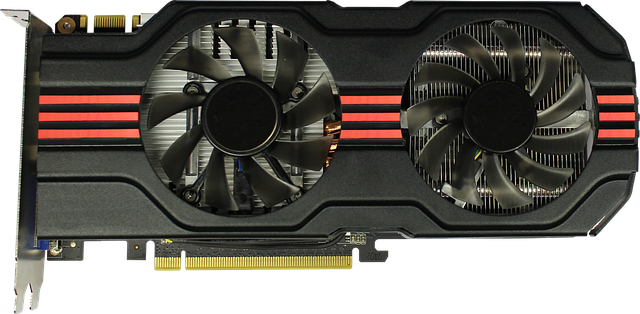
If you want more bang out of your system graphics a dedicated GPU is the ideal route. Just like the CPU market, graphics processing units are designed by two dominant forces: NVIDIA and AMD. Nvidia goes by the Geforce product title on most of their specs chart whereas AMD goes by Radeon. GPUs either fall into two categories: desktop GPUs vs workstation GPUs. Most desktop GPUs are generally used for gaming, video/photo editing, and streaming, while workstation GPUs are used for running professional high-level programs such as 3D-modeling and computer-graphic image creation and manipulation.
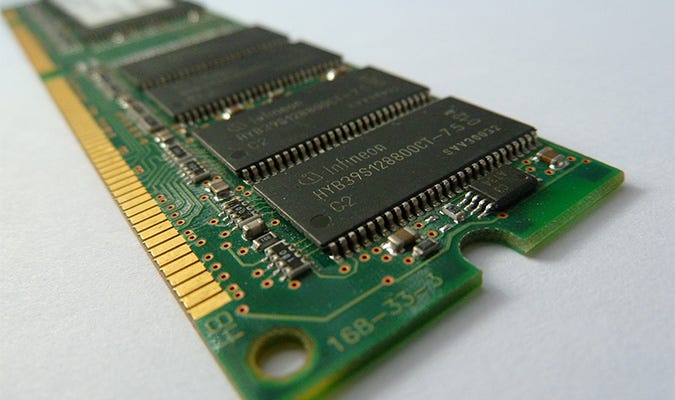
RAM (random access memory) is a hardware device that allows information to be stored and retrieved on a computer. The more advanced applications evolve the bigger the RAM size a desktop would need. Entry level use for computers can settle just fine for a 2GB RAM. A safe bet would be to go for an 8GB RAM. RAM is one of the components that can be replaced or upgraded on desktops and is categorized as both type and speed.
Type refers to the data-rate standard of each module. The DDR4 (double data rate 4) is the current type in the market following its predecessor DDR3. In terms of speed, Desktop-memory speed is measured in megahertz (MHz) and works within the parameters of a clock cycle. DDR1, DDR2, DDR3, and DDR4 are powered up with 2.5, 1.8 1.5V and 1.2V voltages respectively, the latter producing less heat and providing more efficiency in power management.
It is crucial to note however that one cannot upgrade to a higher RAM without upgrading the motherboard. i.e. DDRx is not backward compatible with DDRy.
While both types of RAM modules have similar numbers of pins, the notches in the PCB are in different locations. In other words, a DDRx module cannot be placed in a DDRy memory socket, and vice-versa. Thus, comes to call the advantage of having swappable desktop PCs to handle the upgrade of different components.
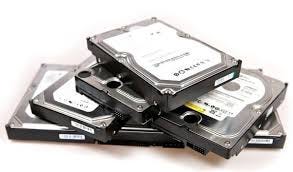
The main storages for prebuilt desktops are either SSD or HDD for pre-built desktop PCs comes down to internal hard-disk drives (HDD) and the newer format of internal solid-state drives (SSD).
HDD is most ideal to store your large collection of media files such as movies and music. It is relatively faster to read the information on HDD since it uses a mechanical arm to read information from right to left. Hence it is faster in speed than its counterpart. It ranges between 500GB-2TB. SSD can be thought of as an oversized and more sophisticated version of the ordinary USB memory stick and is most ideal for storing (OS) and other essential programs. It ranges in storage capacity between 120GB-240GB.
Desktop PC USB ports come with a number of functionalities and versatility such as to power printers, access external hard drives, keyboards, mice and webcams all from virtually every brand. The USB technology and protocol still is evolving to newer versions the latest being USB 3.1 and it’s precursor USB 2.0 both of which are backward compatible. This allows for users to be able to utilize legacy devices without the issue of compatibility. A new version is set for the end of 2019 USB 4.0 which is a step up but should be reconsidered if you would like an overhaul to your devices entirely.
On the backside chassis of desktop PCs sits the: VGA, DVI, HDMI, and DisplayPort (DP). For gaming use, both HDMI and DisplayPort have various merits which all depends on your graphics card type of monitor or the customized setup. In connecting a display to a desktop PC, it is crucial to note whether or not your system has a dedicated graphics card or is running off your CPU’s integrated graphics. This is so because you can either plug into the graphics card for a dedicated graphics system or onto the motherboard for integrated graphics systems.
Internet connectivity for desktop PCs comes from an ethernet cable connection. Unless your PC is an all in one desktop you won’t get much for WiFi connectivity. The perks for desktops however for this limitation would be to add a PCIe WiFi card to the desktops expandable PCI-E slot in the PC
Monitors are the standard video output source for desktop PCs. The top tier video output can reach a maximum of 240Hz or 144Hz and as low as (1ms) in response time ideal for most gaming. Most monitors the market are TN (Twisted Nematic) panels and come at cheaper prices. For users in graphic design purchasing a VA (Vertical Alignment) Panel or IPS (In-Plane Switching) monitor would be more than worthy in investment. The standard ports on your pre-built desktop computers that connect to the latest monitors are DVI, DisplayPort, and HDMI
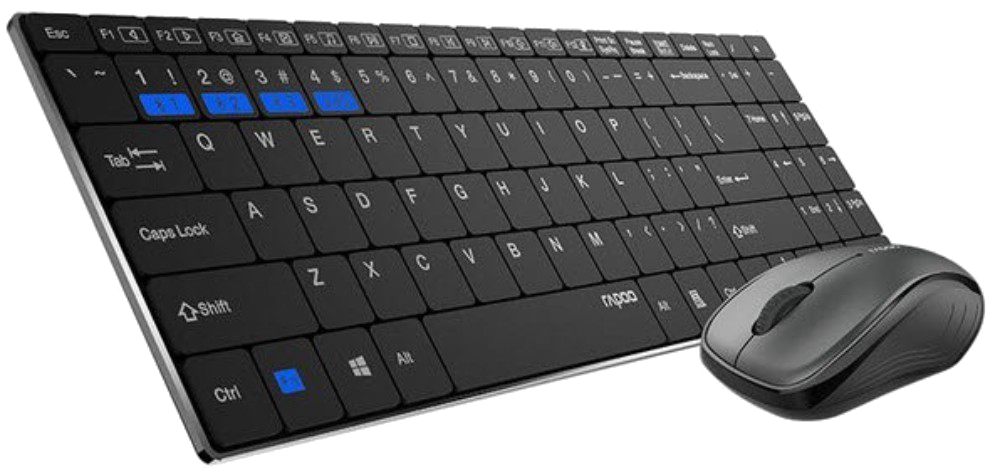
With many devices going wireless as the trendy norm these days, one would want to utilize a wireless keyboard and mouse. These either come as RF (radio frequency) or Bluetooth-enabled.
RF keyboards and mice come with a USB dongle that plugs into your desktop PC. This then provides a signal that’s specific to the keyboard and or mouse, giving your devices wireless functionality.
For a Bluetooth device to function, a PCI-E Bluetooth card or USB Bluetooth adapter should be plugged into your system. A PCI-E card or USB Bluetooth is more beneficial to use in that any Bluetooth compatible device can pair up with the system. its counterpart RF receiver, however, has to come with its packaged device dongle so as to function.
If you have a wired headset or headphones, simply plug them into their respective ports on the front or back of your desktop computer. The front panel will have relatable icons for your mic or headphones while the back panel may have a pink-colored 8mm jack for microphones and a lime-green jack for headphones.
If you choose to take it up a notch, opting for an internal or external sound card may do the trick. They can be installed externally via USB or internally via PCI-E.
Those are the major components that make up an ideal desktop experience. Questions? Comments? Sound off below.

What is an All-In-One (AIO) Computer? You have probably heard of the term All-In-One(AIO) computer a lot when shopping for
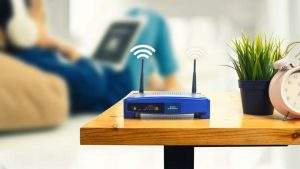
How to set up WiFi Network At Home A good internet connection has almost become a basic need at home
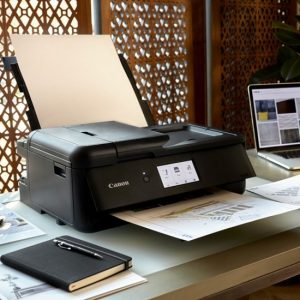
How To Fix Common Printer Problems Printers will never fail you when you have more than enough time to complete
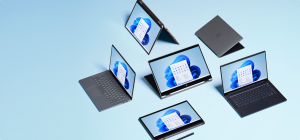
How to Check Your PC Specs And What They Mean I never liked answering questions about the specs of my

Projectors Projectors have proven time and again to be one of last century’s best invention. Projectors have evolved from the

What To Consider When Buying A Laptop Now that you want to buy a laptop, do you know things you
